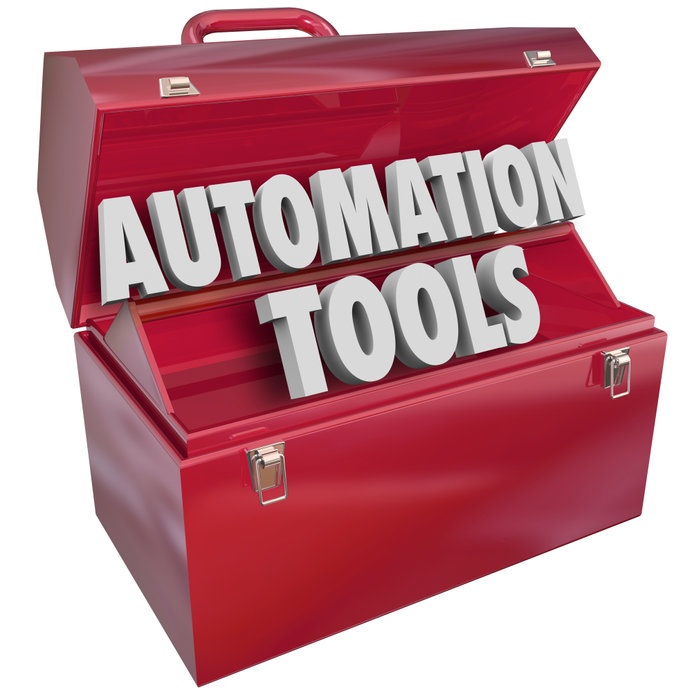
Marketing automation technology, when integrated successfully, helps companies streamline repetitive tasks, generate more and better leads, nurture existing leads and distribute personalized messaging across varied channels. As a result, marketers can increase efficiency, get better data and grow revenue faster. When incorporating marketing technology into your marketing plan, there are four types of automation to consider.
Marketing Automation Technology

- Email marketing: According to the “State of Marketing Automation” report published by Act-On and Ascend2, 71 percent majority of B2B companies are using automation to execute their email marketing strategy. Using this technology, marketers can distribute multiple emails to a variety of contact lists, organize and segment lists, and personalize messaging based on pre-determined criteria. Email marketing software also allows for easy data collection and analysis of email efforts. Some software systems integrate with existing customer relationship management (CRM) and consumer data platform (CDP) systems to further streamline email marketing communications, data collection and personalization. Popular email marketing platforms include:
- Social media management: Social media automation is on the rise. Its use increased from 48 percent in 2019 to 58 percent in 2020. The tools available utilize features enabling marketers to schedule and automatically publish posts, republish popular posts, connect content across multiple channels, track performance, tap into social listening, collect data, engage with users and facilitate automatic content curation. According to SpoutSocial, 81 percent of organizations use social media publishing and analytics tools. The following most popular and diverse social media tools include:
- Landing pages: Landing page automation is the process of setting up a single web page that appears in response to a click-through from an email marketing campaign, social media advertising or organic internet search with the purpose of stimulating a pre-determined action. These pages may connect to a free download, user discount, special offer or other incentive. When a visitor completes a form on a landing page, their information is automatically sent to your CRM or other similar platforms. This allows for the easy collection of data from viable, interested leads who interact with content that is valuable to them. Landing pages also help determine which marketing campaigns are most effective in attracting new leads. Some examples of landing page programs include:
- SEO efforts: Search Engine Optimization, or SEO, is the practice of increasing the quality and quantity of inbound website traffic via organic search engine results. Because 51 percent of online traffic arrives at websites via organic search, many marketers prioritize SEO to help viable prospects discover and interact with their companies. SEO is impacted by a wide variety of factors, starting with the content itself and its value to the individual. On the other hand, a number of website factors like page speed, domain age, user friendliness and link building also impact SEO and its potential value. To balance all aspects of SEO, consider the following popular SEO automation tools:
Proof is in the Planning

As with any marketing effort, it’s essential to have a clear strategy behind the tactics you use. Even if a software program or platform is highly recommended, its effectiveness won’t be maximized if it isn’t backed by a plan that has clearly defined objectives. If you’re just beginning to implement marketing automation technology, start small, test, refine and then expand your efforts. By measuring the results and taking appropriate action, you can capitalize on your successes and deliver the best results for your company and its target audiences.
